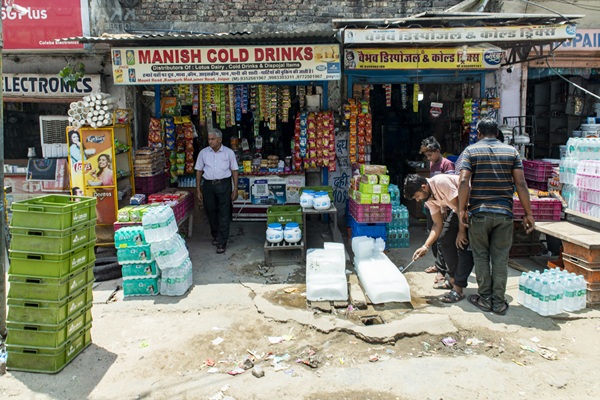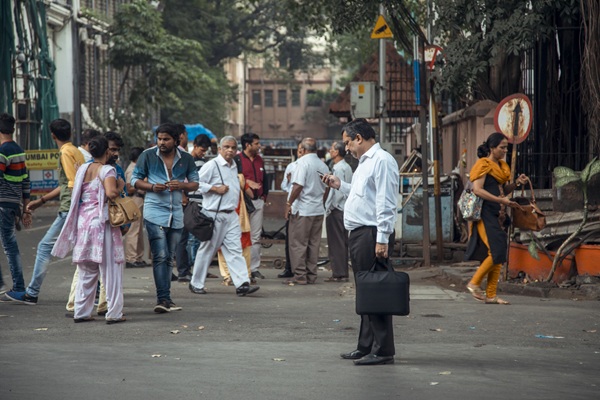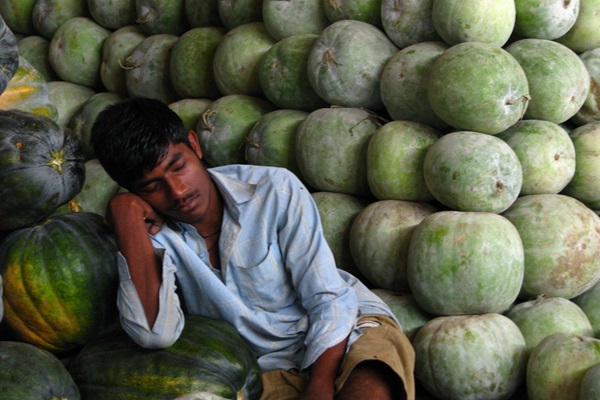.png)

Krishnadevan is Consulting Editor at BasisPoint Insight. He has worked in the equity markets, and been a journalist at ET, AFX News, Reuters TV and Cogencis.
October 17, 2025 at 6:32 AM IST
Reliance Industries has a habit of walking into comfortable markets and waking them up. It did it with telecom when Jio Infocomm turned data into a utility and voice calls into a giveaway. It did it again with soft drinks when it revived Campa Cola as a low-cost insurgent that PepsiCo and Coca-Cola to blink. Now it’s doing it with bottled water. The launch of Campa Sure may look like a simple brand extension, but can be the next act in Reliance’s long-running campaign to turn everyday consumption into a game of scale, speed, and shelf space.
After bringing Campa Cola back to life and selling nostalgia at a discount, Mukesh Ambani-led Reliance is expanding the Campa umbrella to something even more habitual — water. Campa Sure has been priced at ₹15 for a one-litre bottle and ₹25 for two litres, roughly 25% below the prices of Bisleri, Coca Cola’s Kinley, and PepsiCo’s Aquafina. There’s also a ₹5 sachet, creating a new entry point. Together, these products aim not merely to sell hydration but to rewrite the unit economics of a market that has grown fat on brand loyalty and supply-chain inertia.
But cheap water is only half the story. Pricing is not the feature of this market war, it is logistics. Reliance is deploying an asset-light rollout through regional bottlers, the unmatched reach of Reliance Retail and JioMart, and a well-timed tax tailwind after GST on packaged drinking water was cut from 18% to 5%.
That ambition couldn’t have come at a more opportune time.
India’s bottled water market was worth nearly ₹357 billion in 2024 and is estimated to grow to roughly ₹950 billion by 2032, rising at about 13% annually, according to Maxmize Market Research. Rising incomes, urban lifestyles, and a patchy public water supply have pushed consumers towards packaged options. Also, India is among the top 10 bottled water users in the world, but the country’s annual per capita consumption is around five litres against a global average near 24 litres, leaving significant headroom in a sector still dominated by unorganised players.
Turning pricing power into market share, however, depends on how efficiently Reliance can move the bottles. RIL is rolling out Campa Sure through a network of 24 bottlers in North India, built around technology and branding tie-ups. Reliance Consumer Products has matched packs and pricing to channels, leveraging Reliance Retail and JioMart to quicken replenishment. The GST cut has given the category room to trim prices without crushing margins.
But every move in pricing or logistics could invite a countermove.
Supply Advantage
Incumbents are not expected to sit still, but their options are expensive. Bisleri, Coca-Cola's Kinley, and PepsiCo's Aquafina have the most to lose, with water margins of roughly 10%. Any price cut will tighten margins and force these larger players to ramp up branding and consumer promotions to defend market share in a category that historically drew negligible ad budgets.
The less obvious lever that could give Reliance Industries an edge lies in how packaged drinking water is driven more by logistics than by product margins because it is bulky, fast-moving, low-spoilage, frequently bought and widely distributed. This business keeps trucks full, warehouses buzzing, and shelves turning faster. RIL can sweat its fixed assets harder and lower per-unit logistics costs by adding packaged drinking water to one of India's broadest backbones across grocery, electronics, and fashion.
Trust and taste have carried incumbents far, and distribution depth has been their moat in many markets. Yet Reliance can challenge this by using partners to set benchmark standards that raise hygiene and quality while also curbing counterfeit bottled water, which often rides the long tail of the unorganised trade.
The script isn’t new for Reliance. Jio Infocomm's rise in telecom was a mix of aggressive prices and unmatched network coverage. This shows how infrastructure leverage can matter more than marketing muscle when scale and utilisation start to move in sync.
RIL’s partner-led rollout and channel-led brand ladder can compress category margins and push incumbents into higher ad and promotion spends. The biggest risk is to valuation assumptions if water shifts from a quasi-premium positioning towards a commoditised utility with stable quality and ubiquitous availability.
The events to watch will be the pace of Reliance’s rollout in North India, and how quickly incumbents respond as customer acquisition costs rise, forcing tougher trade-offs between margin protection and volume defence.
If Reliance gets quality and execution right, bottled water may find its new level near ₹15 a litre, and if availability becomes the brand story, even legacy could be washed off the shelf.




